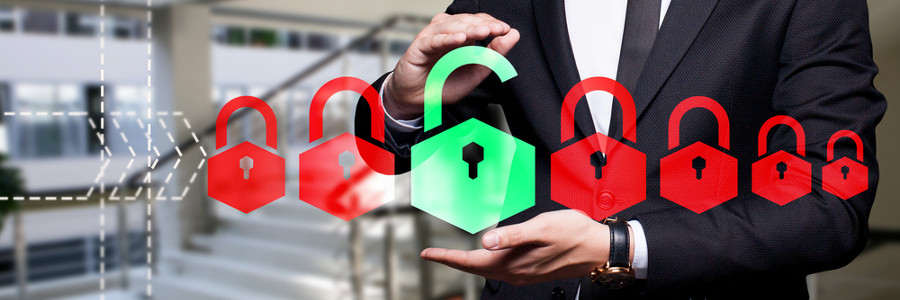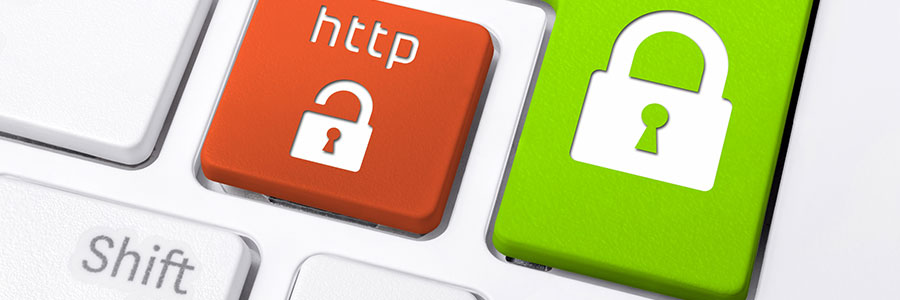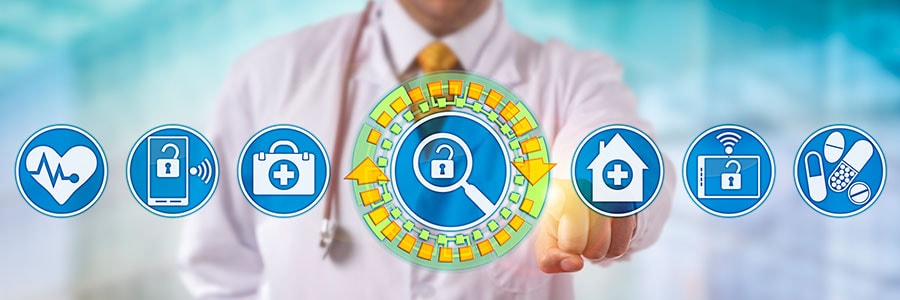Installing antivirus software and setting strong passwords are no longer considered the bare minimum in cybersecurity. With hackers, third parties, and ISPs constantly monitoring networks and your online habits, hopping onto a virtual private network (VPN) is crucial for keeping your surfing habits private.
Why you need a VPN and how to choose one
Healthcare IoT: Security risks involved

The rule of cybersecurity states that anything that connects to the internet can be hacked. With the increasing popularity of Internet of Things (IoT) in the healthcare industry, every business should be on alert.
Devices that contain a treasure trove of patient data are attractive targets for cybercriminals.
7 easy ways to prevent data loss in Office 365
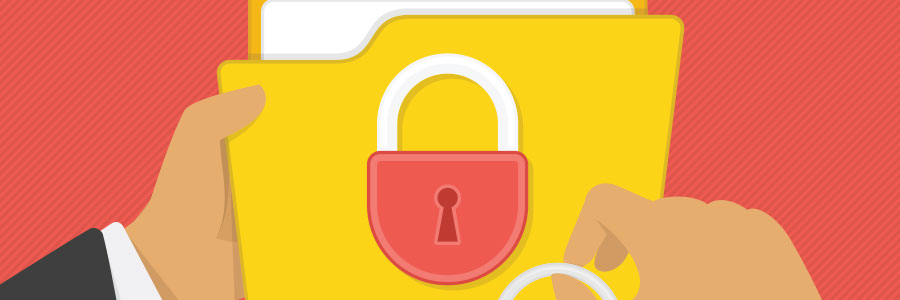
Office 365 is a complete cloud solution that allows you to store thousands of files and collaborate on them, too. In addition to its productivity features, the service comes with security and compliance solutions that will help businesses avoid the crushing financial and legal repercussions of data loss.
VoIP security tips for SMBs
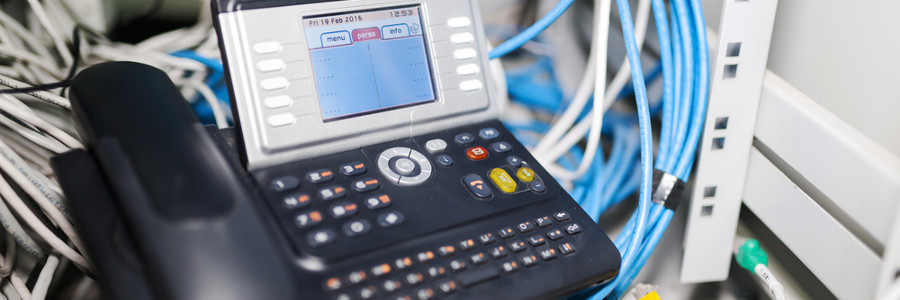
Now that digital collaboration is an integral part of any business, VoIP has become indispensable. Unfortunately, as it becomes more widespread, so do the threats against it. These attacks may not be as serious as ransomware or phishing, but they’re just as dangerous to SMBs. Here are five ways to protect your VoIP network against these threats.
5 Easy tips for preventing data breaches
4 must-know facts about the Cloud
Steps for deleting data from your mobile

Our mobile phones contain some of our most private data. There are contact details, confidential business emails, financial information, and possibly even risqué pictures that you wouldn’t want falling into the wrong hands. Factory reset is one way to get rid of everything if you’re moving on from your old phone, but there are a few other things you must do first.
Chrome: From HTTP to HTTPS
Cybersecurity protocols to protect PHI
Safe web browsing requires HTTPS
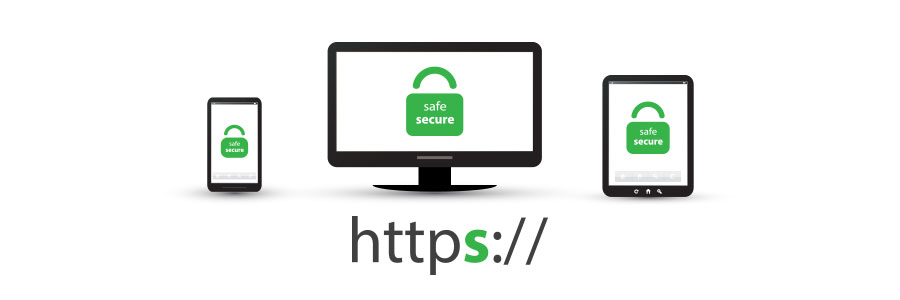
Very few internet users understand the meaning of the padlock icon in their web browser’s address bar. It represents HTTPS, a security feature that authenticates websites and protects the information users submit to them. Let’s go over some user-friendly HTTPS best practices to help you surf the web safely.


